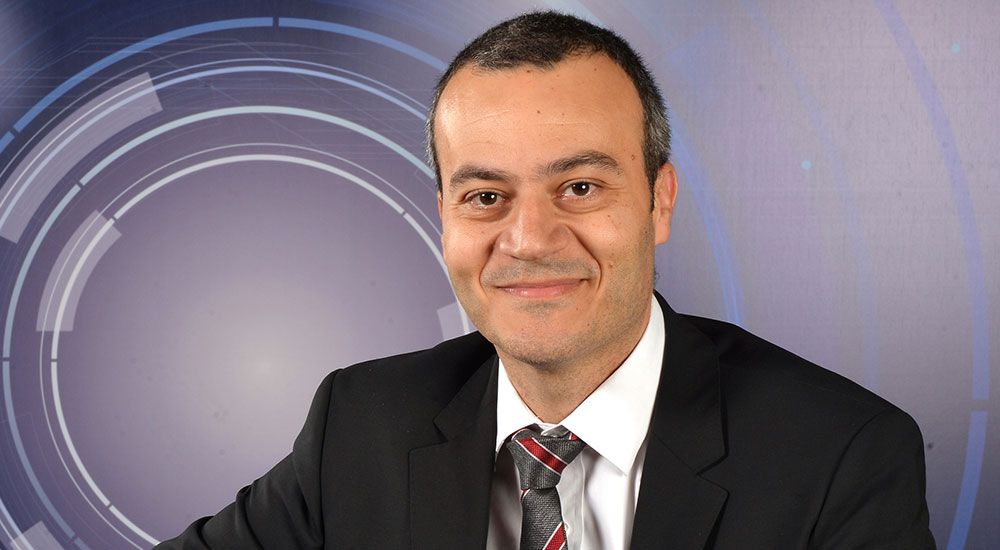Keeping mobile networks running top priority during Covid-19 says Ericsson

Ericsson organised a media webinar to discuss network capacity, performance and digitisation as service providers gear up for an unprecedented situation presented by the Covid-19 pandemic. Ericsson presented how the company is working with telecom service providers to manage their networks and face continued changes in traffic patterns during uncertain times.
Cellular, fixed broadband and wireless technologies are all essential for helping businesses of all sizes keep things running remotely. As service providers recognise that their services are proving an essential lifeline now more than ever, the webinar highlighted three major trends that have emerged since the beginning of the crisis:
- Different traffic patterns: Reduced mobility, changed utilisation patterns, with high concentration on suburban areas. Fixed and mobile telecommunications networks have experienced major shifts in traffic as more lockdowns mean a decrease of data traffic in urban areas and an increase in suburban and residential areas.
- Utilisation on the rise: Lockdown puts a dramatic day-long pressure on home connectivity due to work-from-home, online education etc. As people are moving less, and working from home more, the largest share of traffic increases is being absorbed by the fixed residential networks.
- Higher bandwidth demand: Videoconferencing, gaming and streaming services are seeing major increases in use. A gaming/streaming boom triggers caps on video quality to keep bandwidth at bay.
Ericsson’s network design and optimisation response helps service providers handle the changing traffic patterns to sustain high-performing connectivity through a multi-pronged approach which covers an immediate network uplift, planning and dimensioning and a virtual drive test.
In the long term, safeguarding and strengthening key digital infrastructures as well as enabling the continuous development of the underlying technologies such as 5G, IoT, Automation and Artificial Intelligence will be crucial enablers as service providers emerge from the crisis. As outlined in the webinar, 5G can deliver better user experiences even with increased Mobile Broadband traffic and enable new gaming experience and applications usage through use cases such as remote classroom environment with Virtual Reality and holographic interaction for remote workers.
Continuing the development of technologies such as 5G, IoT, Automation and AI will be crucial enablers as service providers emerge from the crisis
On the other hand, Artificial Intelligence and Automation will be essential to restart the supply chains through manufacturing process automation in connected factories, reducing human exposure risk in transporting goods through connected fleets and self-driving trucks along with a lot of other applications.
The Covid-19 pandemic has led to a boom in the use of network-based communication and collaboration tools. Some of these new and improved solutions will play a key role in saving lives, while others will help save businesses, support public health and welfare services, and ease recovery after the crisis. It has made it easier to see beyond the efficiency-related, economic benefits of digitalisation and recognise its broader benefits to society and humanity as a whole.
Chafic Traboulsi, Head of Networks at Ericsson Middle East and Africa says: “During these challenging times, service providers are focusing their attention on solving the myriad of challenges that have been created or exacerbated by the pandemic. It’s critically important to ensure that service providers consider the importance of planning and optimising their networks. Today’s webinar is our way of staying close to customers and supporting them in managing capacity and performance in this crisis situation.”





